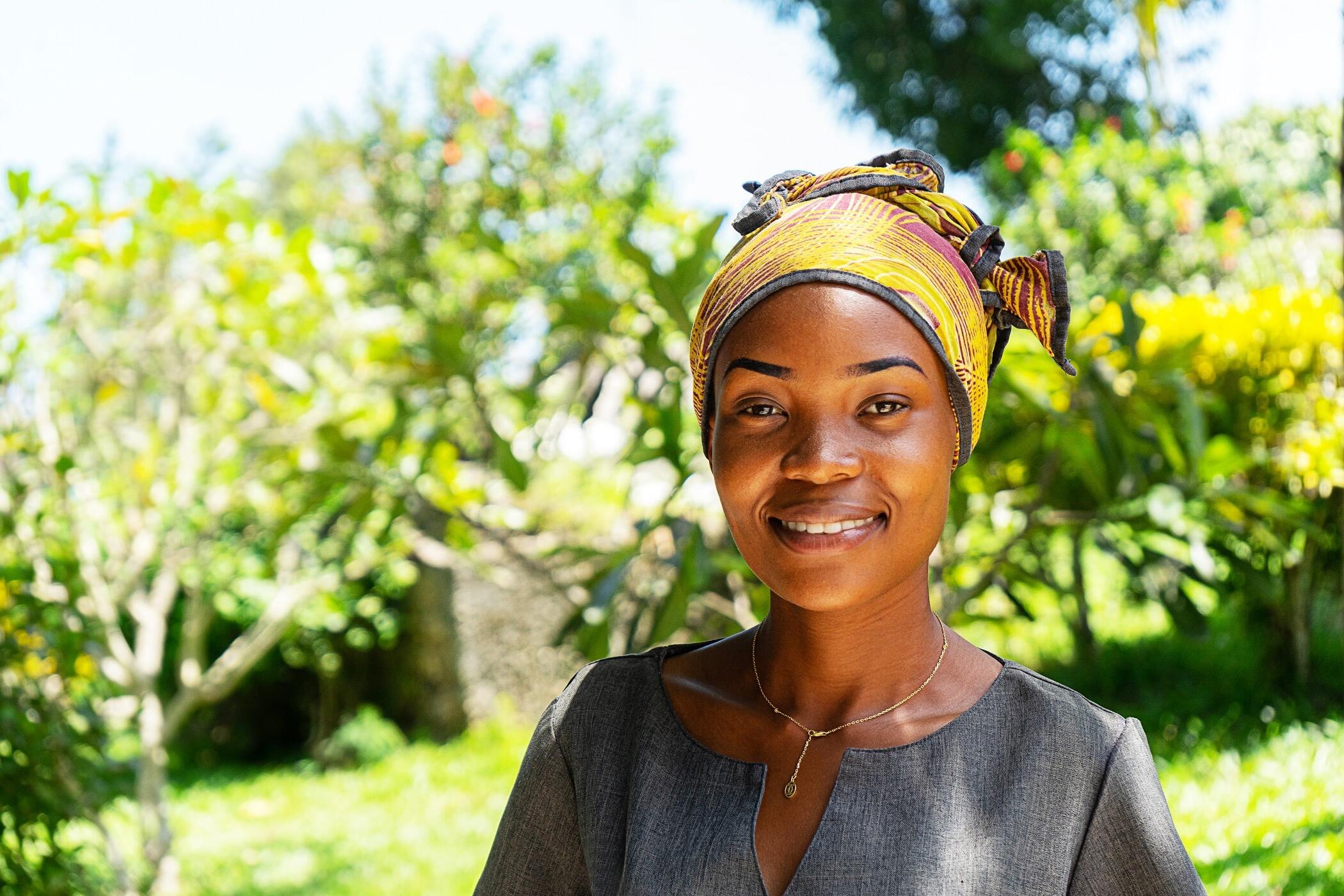The global burden of cervical cancer is not spread equally. Of the deaths recorded globally in 2020, 90% occurred in low- and middle-income countries (LMICs).1 While deaths from cervical cancer are stabilising in Eastern Europe and Asia and have declined globally, they are increasing in Sub-Saharan Africa, where the disease is the second most common cancer and the leading cause of death among women.2; The mortality rate is highest in east Africa, at 30 per 100,000 people (this compares with 2.1 per 100,000 people in Western Europe).2 In Kenya, cervical cancer ranks as the second most prevalent cancer among women, with over 5,200 women diagnosed yearly and over 3,200 annual deaths.3 The annual number of cervical cancer cases in Kenya is expected to increase to over 11,000 by 2040.4
Immunocompromised women, such as those living with HIV, are particularly vulnerable to cervical cancer. Women living with HIV (WHIV) are six times more likely to develop cervical cancer and do so at a much quicker rate, with an onset of five to ten years (compared with 15 to 20 years for the general population). HIV also increases rates of recurrence after treatment and reduces life expectancy.1 While an estimated 5% of all cervical cancer cases are attributable to HIV, 85% of women with cervical cancer and HIV live in Sub-Saharan Africa. In East Africa, 27.4% of women with cervical cancer are also living with HIV.2
Focusing on prevention and treatment of both cervical cancer and HIV can help to maximise benefits, particularly in low-resource settings. The opportunity and need to leverage platforms already developed for HIV to enhance cervical cancer screening and treatment integration is well recognised in the global health community.5 Recent WHO guidelines incorporate specific recommendations for WHIV, including HPV DNA screening, access to screening at a younger age (starting at age 25) and higher frequency of screening (every three to five years).5 The importance of integrated and co-ordinated multi-disease approaches in the area of HIV is also highlighted in recent strategic initiatives from the WHO and UNAIDS. No single intervention can eliminate cervical cancer and HIV however, a number of integrated policy actions and interventions can help move the needle forward with far-reaching benefits for women, their communities and the health system.
-
Integrating cervical cancer services with HIV services and, more broadly, sexual and reproductive health (SRH) services has the potential for cost savings and efficiency gains in health delivery, diagnostic infrastructure and procurement.5
-
Physical infrastructure and equipment also provide opportunities for integration through task shifting and sharing of resources. The covid-19 pandemic provides critical lessons for laboratory integration and community coordination, both valuable elements of the path to cervical cancer elimination.
-
Earmarked funding provided by donor or aid agencies often works against supporting a sector-wide approach, resulting in further shortfalls and inefficiencies once funding ceases. Reviewing how funding is designed, how programmes are implemented and encouraging harmonisation would lead to more sustained outcomes and a more robust health system.6
References:
1. WHO. Cervical Cancer: World Health Organization; 2022 [Available from: https://www.who.int/news-room/fact-sheets/detail/human-papillomavirus-(hpv)-and-cervical-cancer].
2. Stelzle D, Tanaka LF, Lee KK, Ibrahim Khalil A, Baussano I, Shah ASV, et al. Estimates of the global burden of cervical cancer associated with HIV. The Lancet Global Health. 2021;9(2):e161-e9.
3. ICO/IARC Information Centre on HPV and Cancer. Kenya. Human Papillomavirus and Related Cancers, Fact Sheet 2021.
4. WHO. Global Cancer Observatory, 2020 [Available from: https://gco.iarc.fr].
5. WHO. New WHO recommendations on screening and treatment to prevent cervical cancer among women living with HIV—Policy Brief. Geneva; July 2021.
6. Waddington C. Does earmarked donor funding make it more or less likely that developing countries will allocate their resources towards programmes that yield the greatest health benefits? Bull World Health Organ. 2004;82(9):703-8.




